What do you picture when you hear the word farm? Do you see animals grazing in pastures, fields of various crops, pigs wallowing in the mud, with chickens scratching away at the dirt under the watchful eye of the farmer, who is happy at work?
If so, you already know what an integrated farming system looks like… at least in the traditional sense.
Now, how would you like to live on such a farm — one where the land, animals, and plants work with you to create a thriving and sustainable ecosystem?
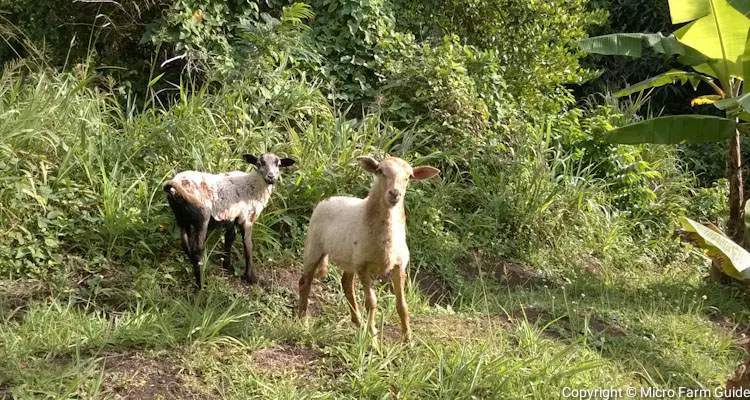
Well, in this brief introduction, we’ll break down the basics, highlight some key benefits, and give you a glimpse of what it takes to start an integrated farming system of your own.
Now, times have changed, and so have the appearance of these systems. However, the underlying concept remains the same. So, let’s take a closer look at this to ensure we are all on the same page.
What Are Integrated Farming Systems?
An Integrated Farming System is a sustainable, eco-friendly agriculture system that combines growing different plants and raising animals in one area.
In essence, the crops provide food for the animals, and in return, the animals give back their waste to nourish the soil.
And as long as we do not remove too much from the system, it can sustain itself almost indefinitely.
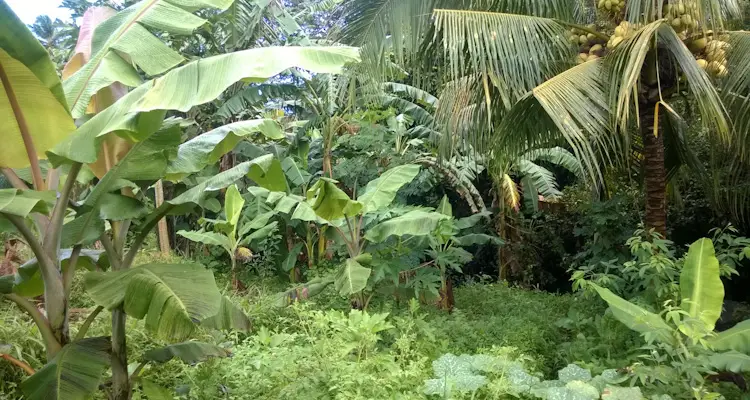
It’s a beautiful relationship where everyone benefits! Now, In case you’re wondering in what way, let’s explore:
3 Benefits of Integrated Farming Systems
At their core, integrated farming systems use several natural farming principles. As a result, IFS benefits the plants, animals, and the environment.
However, some of the benefits differ considerably based on the design of the system and the way it is managed. That said, let’s look at three of the main advantages of integrated farming systems.
1. Healthy Soil and Crops
Integrated Farming Systems help keep soil healthy by creating an ideal habitat for plant roots and microorganisms to thrive.
See, healthy soil is like a marketplace. Here plants exchange some of the sugars they produce for nutrients from microorganisms that extract them from organic and inorganic materials.
The plant’s root system also helps to protect the soil from erosion. It creates the perfect habitat for small creatures such as earthworms and microorganisms.
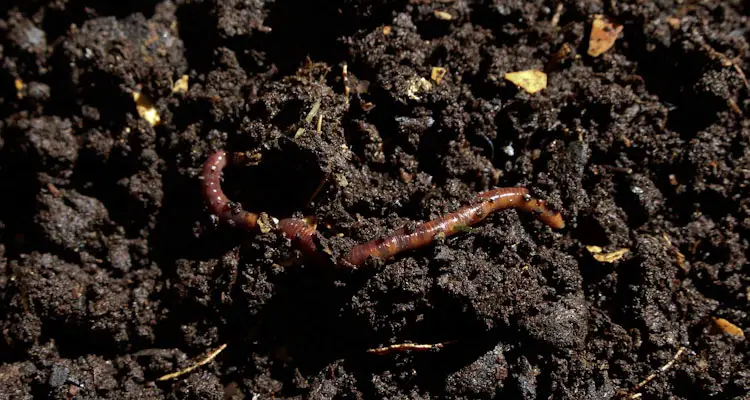
These creatures further help to improve the structure of the soil, creating channels, passageways, and other networks, which in turn supply the plants with the nutrients and conditions they need to grow even healthier.
2. Less Waste, More Efficiency
Integrated Farming Systems produce little to no waste — at least in the usual sense.
Instead, it converts animal manures, garden trimmings, and food scraps into valuable natural fertilizers and microorganism solutions.
We can then use these natural solutions for our crops or sell them to other farmers and gardeners for a nice little profit.
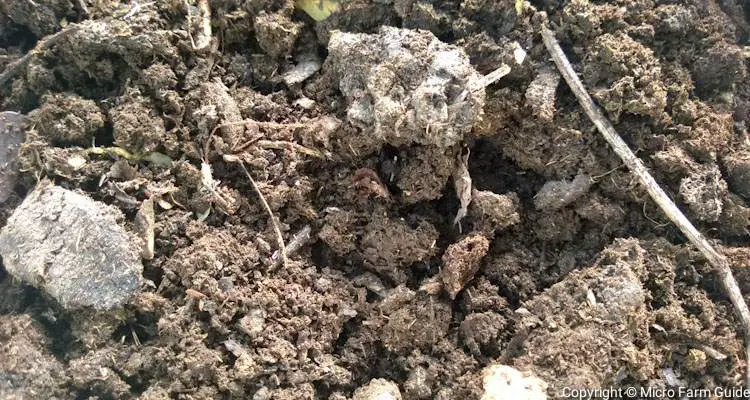
This produces happy, healthy plants, which can also become food for our animals… and the cycle continues.
Can you imagine how much money you can save on fertilizer and feed? Talk about efficiency!
3. Diverse Produce
An integrated farm is like having your own mini paradise in your backyard. There you can grow various plants, raise different animals, and enjoy the wonders of nature in action.
For instance, imagine walking through your farm, enjoying the aroma of fresh herbs, as you watch your chickens foraging under the safety of your fruit trees.
You can see bees hover as they visit one flower after another, pollinating them as they collect their precious nectar.
Then, out of nowhere, a small bird swoops down and snatches a grasshopper from the leaves of your vegetables.
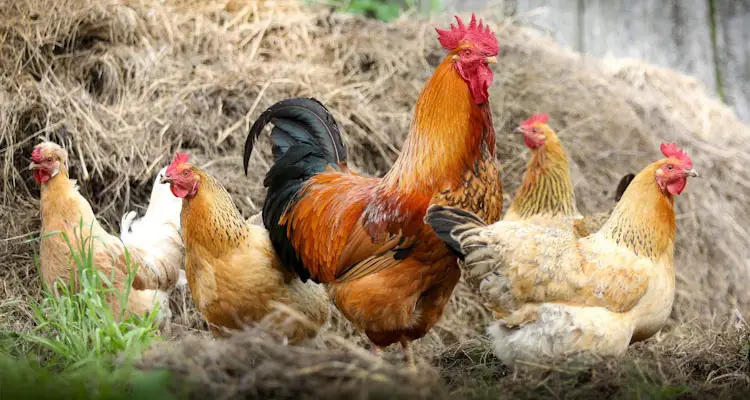
Can you see the beauty of this diversity? Can you envision the harvest? In this system, everything supports each other.
For instance, some plants and animals have a knack for keeping pests away. In contrast, others help to increase production or improve the quality of the soil as a whole.
It’s like a natural team working together to create a thriving ecosystem on your farm!
How Integrated Farming Systems Work
An integrated farming system can be as straightforward or complicated as imaginable. However, these systems all basically operate on the same three simple principles.
- Crop-livestock Integration
- Nutrient Cycling
- Natural Pest And Disease Control
Now, if these seem familiar, it’s because they are also common in natural farming, permaculture, and any other farming system that relies on biological processes.
1. Crop-Livestock Integration
This involves the growing of plants and animals in one system.
However, the exact way you arrange the system will depend on what you want to grow and the type of system you’d like to build.
For example, it is now common to see integrated farms, with units stacked on top of each other.
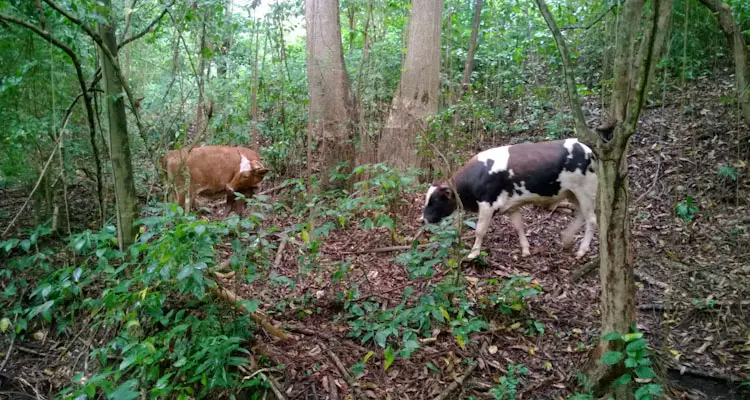
And while they may not look like the traditional models, they still integrate crops and livestock and make use of processes such as:
2. Nutrient Cycling
Now, you can think of nutrient cycling as nature’s recycling system.
In its simplest form, plants are used to feed animals, and the waste from animals becomes nourishment for your crops.
Then, when you add microorganisms to the mix, you get a never-ending feast of goodness for your farm.
For instance, microorganisms can break down plant and animal waste, extracting nutrients and making them available to plants.
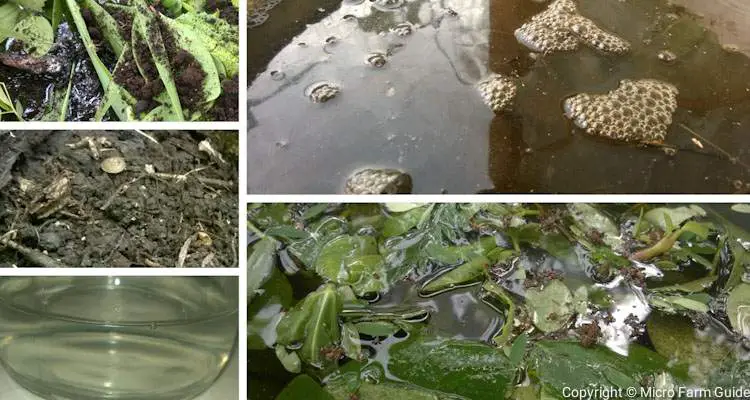
So, instead of relying on chemical fertilizers, you use what your farm provides to make your soil healthier.
3. Reducing Pests and Diseases
A healthy, diverse ecosystem can help keep pests and diseases to a level that does not directly threaten our crops.
See, some plants and animals work wonders when managing pests and diseases.
For instance, certain plants release scents that bugs hate, keeping them away from your precious crops.
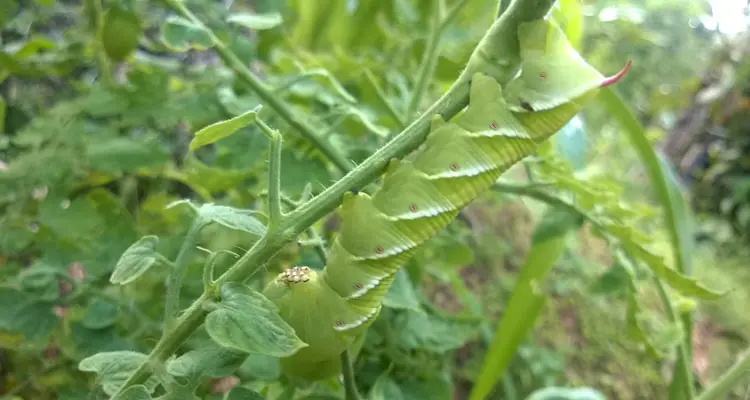
And some animals, like ducks, love snacking on pests such as slugs that would otherwise munch on your plants.
It’s a natural defense strategy that keeps your farm healthy without resorting to harmful chemicals.
Starting Your Own Integrated Farming System
There are several ways to start your own integrated farming system.
However, I suggest you start by learning more about permaculture design, natural farming, and other integrated farming techniques.
If possible, you should visit an integrated farm in your area. This will give you an idea of functional designs, types of animals, and suitable crops for your system.
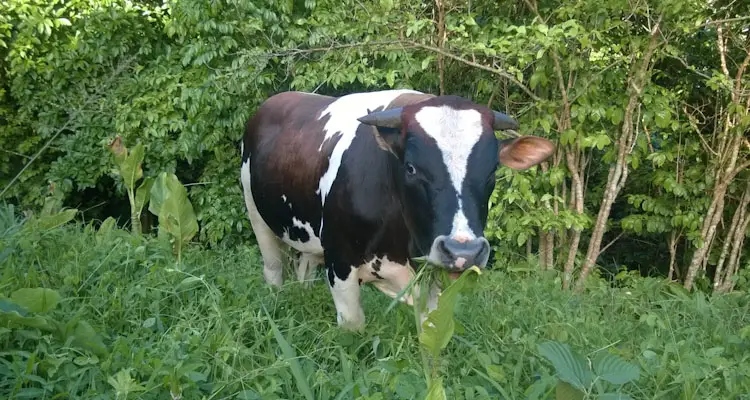
While an onsite visit is not necessary, it can take some of the guesswork out of creating your system, especially when it’s time to:
1. Choose the Right Combination Of Plants And Animals
Before you start your integrated farming journey, it’s essential to pick the right combination of plants and animals.
You need to consider the available space, the needs of each plant, how they can help each other, how much time they take to mature, and whether you have the resources to operate the system over time.
For example, you might want to grow corn with beans to benefit from the nitrogen-fixing qualities of legumes. Then, raise chickens to forage between the rows of corn to help control bugs and supply additional fertilizer.
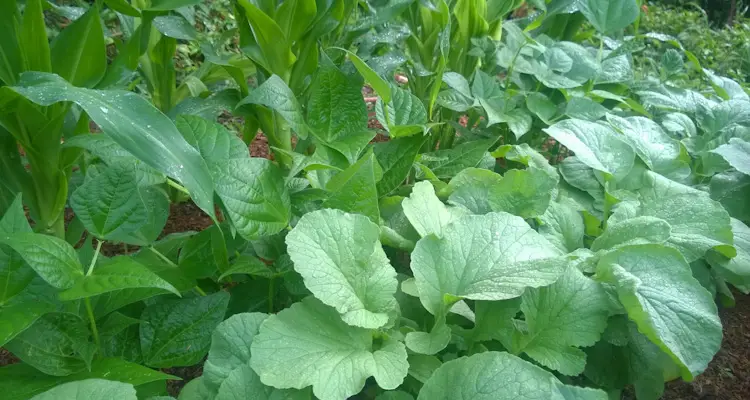
In theory, this seems perfect, but it might fail to provide the nutrients you hope for and may even put your plants at risk if you don’t put enough thought into:
2. Planning the Farm Layout
Designing an integrated farming system is like creating a puzzle where every piece needs to fit perfectly for the system to work correctly.
So, when planning your farm layout, you want to place crops and animals in a way that makes sense and keeps things running smoothly.
For example, you might position your vegetable beds close to your chicken composting system, so you can easily use their waste as fertilizer.
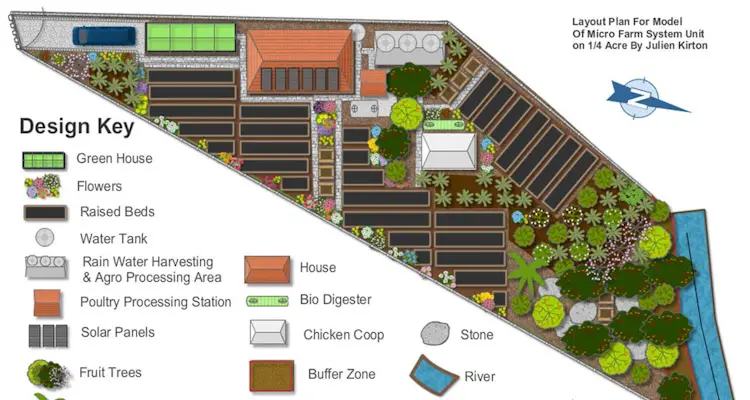
However, you would only free-range your chickens through a leaf vegetable patch if you want them to clear the area for you.
It’s all about making your farm a well-organized and efficient space. But don’t worry if you don’t get it correct initially. Over time you will be able to:
3. Learn and Adapt
Integrated farming is a never-ending learning process. So, don’t be afraid to make mistakes. You’ll be ok if you are willing to learn from them and adapt your techniques along the way.
Not only will this broaden your knowledge base, but it will help support and strengthen your resolve and confidence in the process. This will come in handy, especially when things don’t go as expected.
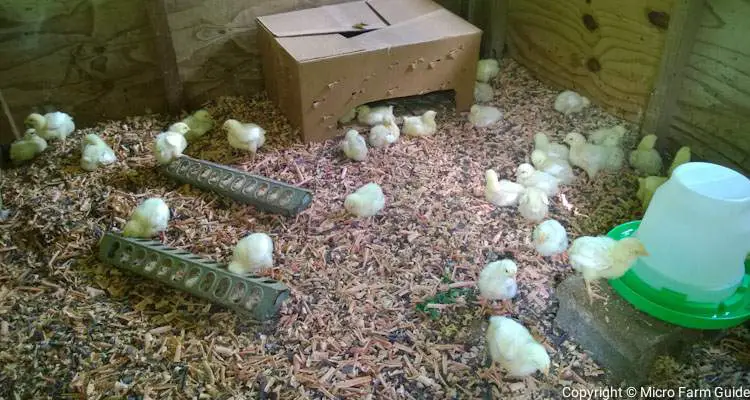
Over time, the puzzle pieces will start falling in place, and you will learn how to connect the dots. And before long, you will be able to share your:
Real-Life Examples of Integrated Farming Systems
Once you’ve gotten the hang of the basics, it’s helpful to draw from the first-hand experiences of others.
So, while you experiment, feel free to attend workshops, take courses, read books, and chat with experienced farmers.
As mentioned, meet real-life farmers from your region who embrace integrated farming. Visit their farms, and become a short-term intern if possible.
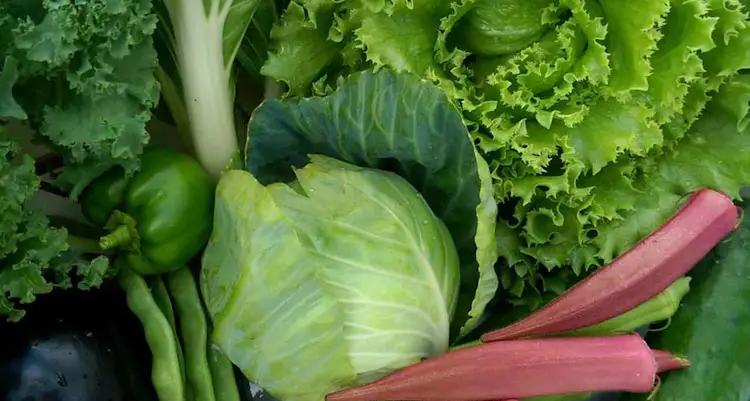
These farmers show us that with a bit of creativity and a whole lot of heart, integrated farming can transform your farm into a thriving oasis.
But most importantly, these interactions teach us to value the power of a supportive farming community.
Final Thoughts
In this brief introduction, we’ve explored the beauty of integrated farming systems uncovering their potential to transform our backyards into a harmonious paradise.
We’ve discussed the system’s benefits, from healthier soils to more efficient use of nutrients.
But, This is just the beginning of your farming adventure. If you’re eager to dive deeper, gather more insights about integrated farming and related farming systems…
Head over to our Natural Farming Page. There, you’ll find a treasure trove of knowledge, tips, and inspiration to get you started on your farming journey. Happy farming!
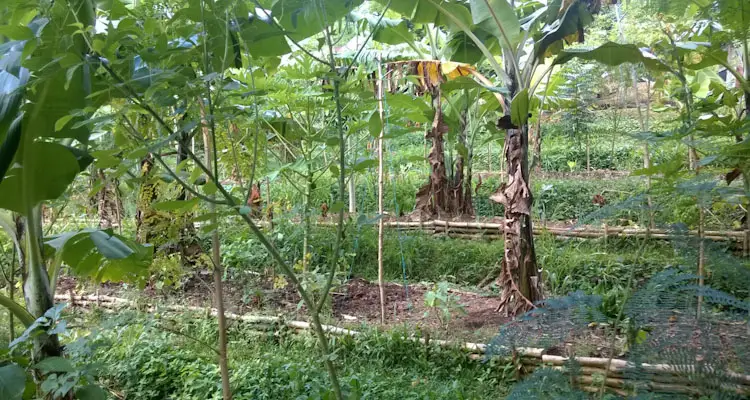
Related Questions
1. What Is an Integrated Farming System?
An Integrated Farming System combines different plants and animals to create an eco-friendly food production system.
2. What Are The Components Of Integrated Farming?
The main components of an integrated farm are various plants, animals, and a place for them to grow together.
3. What Are Three Examples Of Integrated Farming?
Three examples of integrated farming are fish and crops (aquaponics), poultry alongside vegetables, and livestock in agroforestry systems.
References
Wiley Online Library. Integrated farming system approaches to achieve food and nutritional security… onlinelibrary.wiley.com. Accessed August 2023
